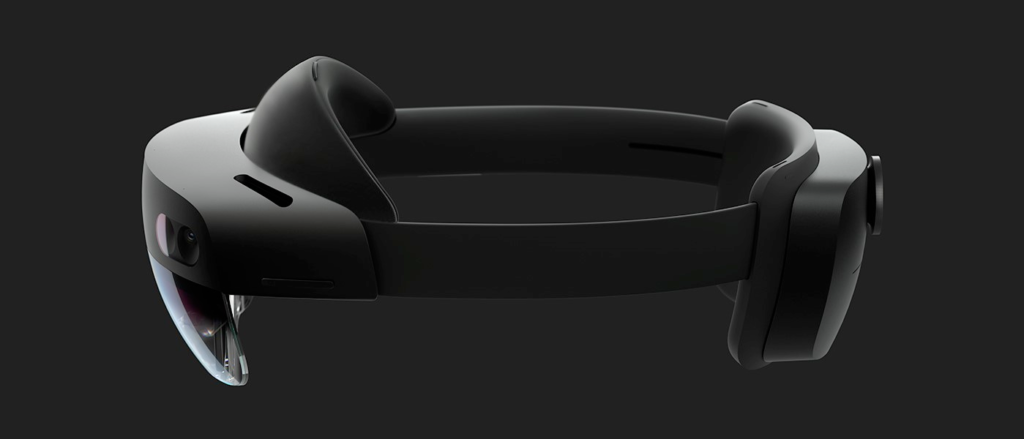
Just a few weeks after its surprise February announcement, Microsoft’s HoloLens 2 mixed reality device has been released to members of its developer program. The untethered headset boasts holographic lenses with 2K resolution, four-camera head tracking, real-time eye tracking, voice control, and plenty of other high-tech features to bring augmented reality to life right in front of you.
Those impressive specs come with a pretty steep price tag: $3,500. Alternately, developers can pay $99 a month for access to the HoloLens 2, which also includes three-month trials for Unity Pro and PiXYZ Plugin, a $500 Microsoft Azure credit, and Dynamic 365 Remote Assist, according to GamesIndustry.biz.
As for those not in the developer program, you can still pre-order the HoloLens 2 on Microsoft’s website, but there’s no firm release date on when companies will be able to purchase them. Microsoft attempted to show off the device’s capabilities as its Build conference earlier today, only to have the demo fail in front of a live audience.
The original HoloLens, which was first shown off during an impressive Minecraft demo at Microsoft’s E3 2015 media briefing, got a developer release in March 2016, but was never made available for general consumers. Though it doesn’t come cheap, the technology behind HoloLens 2 and similar devices has implications that go far beyond the gaming industry; even the United States military is looking at it.
That said, it’s a pretty hefty price for technology that hasn’t broken into the mainstream yet. It’s several orders of magnitude more expensive than VR headsets like the Oculus Rift, HTC Vive, and Valve’s recently announced Index. We recently predicted that VR hardware is about to drop in price as standalone devices like the Oculus Quest gain popularity. With a $3,500 price tag, even if companies can afford HoloLens 2 headsets, it’s unclear who’s going to be able to experience what they develop, as that’s certainly not a price an average consumer is going to consider. As impressive as the HoloLens may be, it’s likely still going to be years before the vast majority of gamers can experience it at an affordable level. With its release to developers, however, the industry has taken a small step in that direction.
 GameDaily.biz © 2025 | All Rights Reserved.
GameDaily.biz © 2025 | All Rights Reserved.